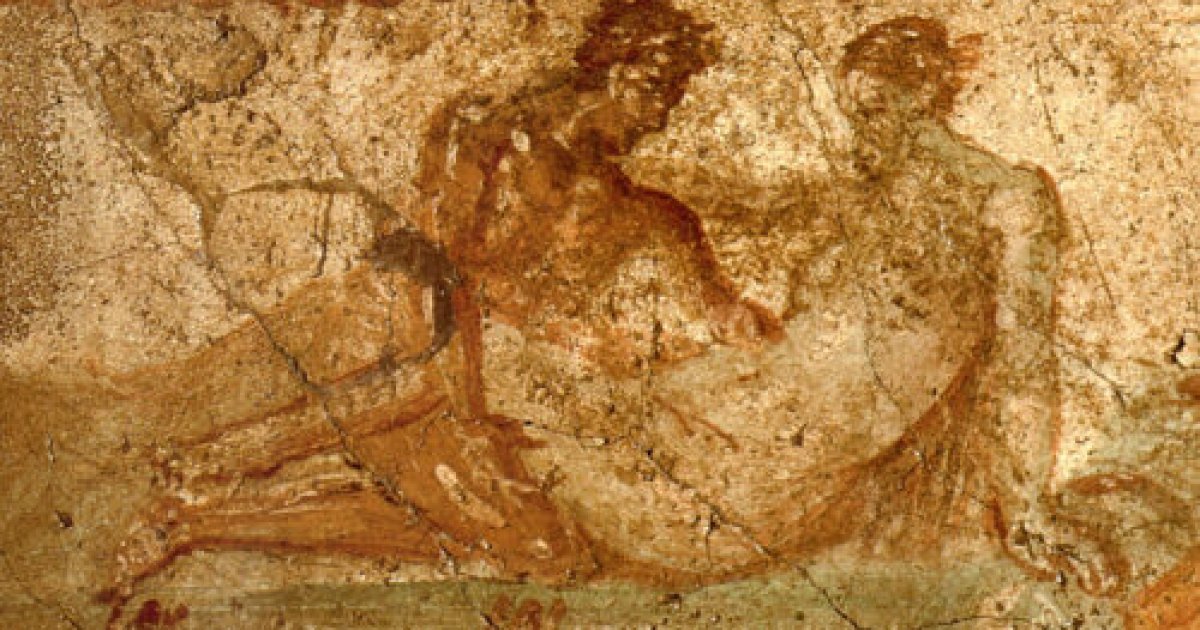LUPANARE-REGIO VII, Lupanare-Regio Vii
 Language: English / USA
Language: English / USA
The lupanare, at the time of the Roman Empire, was a place dedicated exclusively to prostitution.
It is necessary to make this clarification because this activity, which was legal and considered useful for society, did not only take place in the lupanare.
Just imagine, at most businesses where women, often slaves, worked, it was common for them to prostitute themselves, especially in places where food and drink were served such as popinae, what we would call bars today.
Even within the rich domus it was easy for the master of the house to exploit the most attractive female slaves for profit.
In short, prostitution was certainly not taboo at the time and there were professionals of different levels, to suit everyone's tastes and pockets. The most desirable, unattainable for those who did not have a large fortune, were true social climbers, beautiful, cultured women, often skilled in singing and dancing and able to play an instrument, who managed to accumulate large fortunes by exploiting the rich patricians who fell head over heels for them.
But what did a lupanare look like?
Entering the one in Pompeii, you can see that it consisted of a central room, around which opened five small rooms, called cella meretriciae, furnished with a masonry bed on which mats or mattresses were spread. Only a curtain separated the cells from the hall, providing a minimum of privacy.
If you want to know how the archaeologists realized that what you are visiting was indeed a lupanare, just look at the walls at the entrance to the cells: they are decorated with explicitly erotic frescoes. Another clear clue is the numerous graffiti left on the walls of the rooms by the customers, with comments on the services they received.
The building also had an upper floor, which was built like the one on the ground floor, but where no frescoes of a sexual nature were found; therefore, the most concrete hypothesis is that the owner lived there with his female slaves.
Here’s an interesting fact: In Roman times, there was a particular category of prostitutes, called bustuarie, who lured men... in cemeteries! and consummated their services among the tombs. The reason is related to the fact that these places were always located at the entrances of cities, near roads where many potential customers passed by.



